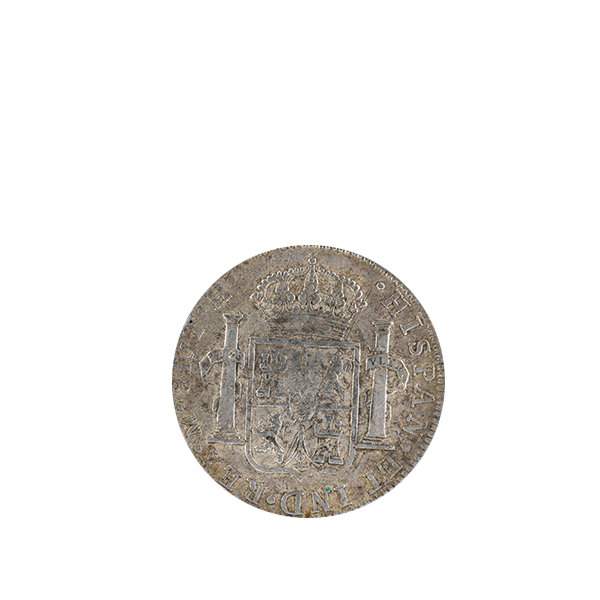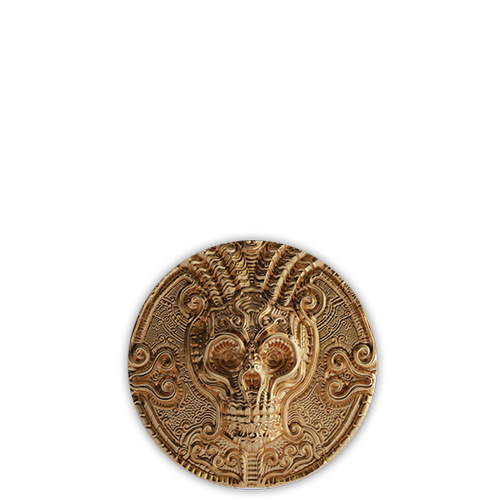Modern medicine and the ever evolving scientific discoveries of this age have brought about the answer to many questions concerning human anatomy and the incalculable number of diseases and ailments that can appear in the body. But despite the strides and accomplishments that have been made (as well as the old beliefs that have been debunked) there are still diseases that we don’t fully understand.
Or know how to cure.
Amongst these incurable ailments is a category of diseases that are unique in their cause. While many known illnesses have their root in bacteria, viruses, and microscopic parasites, this particular class of diseases results from the spontaneous folding of proteins in the brain. There is no live organism causing the illness, and with no pesky bug to blame we can only look to the natural proteins found on a cellular level.
These afflictions are known as Prion diseases or transmissible spongiform encephalopathies (TSEs). And we’re sorry to say that there are no known cures and they are almost entirely fatal.
What causes Prion Disease?
Many cells in the central and peripheral nervous systems carry natural surface-level proteins named Prion Proteins (PrPC). The biological function of these proteins are relatively unknown, though a 2017 study from BMC Biology found that prions could play a role in memory, sleep, and development. While we’re not entirely sure what advantage these proteins truly have, we do have a bit more knowledge regarding the troubles they cause.
Prion diseases occur when PrPC inexplicably folds in upon itself, becoming an abnormal variant. These now harmful proteins cause a clumping of cells in the brain that eventually leads to spongiform encephalopathy, a type of brain damage that often results in memory loss. This damage creates tiny holes throughout the brain tissue that give it a sponge-like appearance.

(Micrograph showing spongiform degeneration)
Types of Prion Diseases
Though there are a number of prion diseases, Creutzfeldt-Jakob Disease (CJD) is the most common. CJD can be both hereditary and spontaneous, usually occurring later in life, around the age of sixty. But in rare cases it can also be caused during medical procedures, such as a cornea transplant, due to exposure to infected tissue. If medical instruments are not cleaned and sterilised properly the abnormal prions can transfer over.
While CJD may be the most common type of prion disease, there is one that is likely more familiar to you: Bovine Spongiform Encephalopathy (BSE), better known as Mad Cow Disease.
With outbreaks in the 1990s and early 2000s, news outlets gave everyone a reason to pick chicken over steak when ordering dinner. Much like CJD, mad cow disease is a progressive neurological disease that infects the bovine nervous system. And just like CJD: there is no cure.

Contracting the disease from infected beef is one thing but there’s another meal that has been linked to prion diseases that is much more unsettling (and certainly more sickening).
Kuru is a variation of prion disease that was found amongst people in New Guinea. Kuru is linked to the consumption of human brain tissue. As it turns out, eating pieces of the brain after death was a cannibalistic ritual that was practised by certain clans as part of funeral rites. While cannibalism in New Guinea is said to have ended in the 1960s, there continue to be more modern accounts of it.
Symptoms, detection, and cure (or lack there of)
The long incubation period of prion diseases means that the ailment can be lurking in the body for years before any symptoms begin to show. But once those symptoms are apparent their progression is swift. Rapidly developing dementia, muscle stiffness, hallucinations and fatigue are all amongst the common symptoms.
Given that most cases of prion diseases are spontaneous or hereditary there’s not much that can be done to prevent these oddly occuring ailments. Moreover, prion diseases can only be fully confirmed after death via a biopsy of the brain. Without a cure, and without full understanding of why these proteins suddenly fold like infinitesimal origami pieces, there’s not much that can be done. Certain medicines can help delay the inevitable, providing a bit of comfort to those suffering, but in the end these small nonliving things, almost always lead to death.
(There are more unknown mysteries to discover and if you’re itching to find one that’s a little more solvable, why not lend a helping hand in The Disappearance of Cadet Turner or dive into some detective work through Post-Mortem LA: Lights, Camera, Murder!)








1 comment
Please note, prions are resistant to regular sterilization methods, including autoclaving and irradiation. Disposable instruments are utilized. They are truly things of nightmares